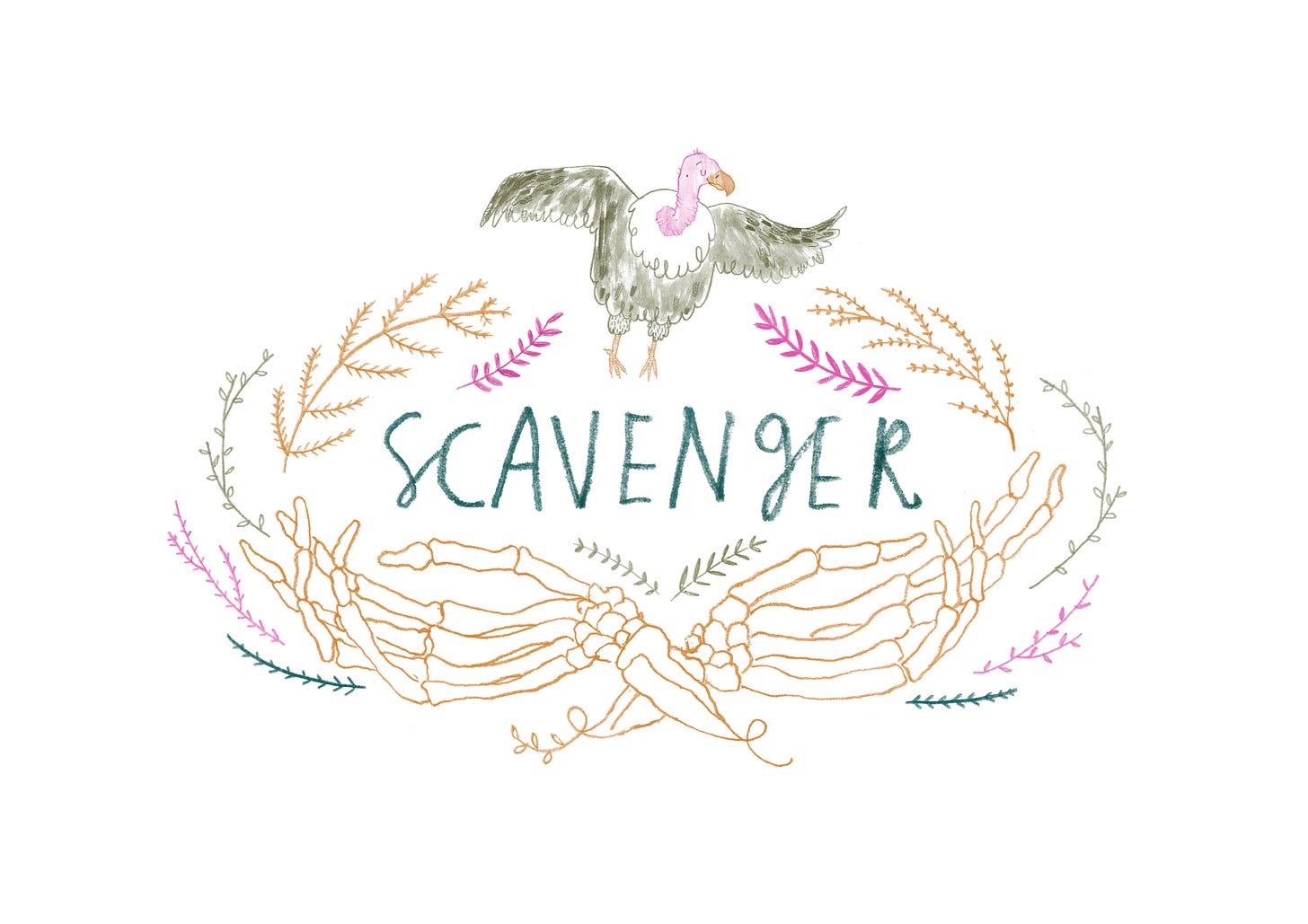
Every spring, people engage in an extremely specific ritual. Newspapers publish photos of elaborate creations carefully crafted from sugar, paper, bits of fabric and paint.
These miniature scenes depict everything from current events to classic children’s books, yoga classes to underwater grottoes, and everything in between. Inside the tiny worlds, technicolor Easter candy roams free.
Today we are talking about Peeps.

It’s easier to explain Peeps’ origin story than why we started putting them in elaborate dioramas. Most accounts begin in 1953, when a small candy company called Rodda was purchased by another company called Just Born. Just Born’s owner, a Russian immigrant named Sam Born, had a knack for producing iconic candies. In addition to making Mike & Ikes and Hot Tamales, Just Born produced ice cream toppings including chocolate sprinkles and a Magic Shell-like chocolate sauce. The company even invented a machine for putting sticks in lollipops.
When Just Born purchased Rodda, it primarily took over the company’s “jellybean technology” but was “intrigued” by its handmade marshmallows, per company lore. Sam’s son, Bob, mechanized the process, transforming it from a 27 hour extravaganza of hand-piping to an efficient (and profitable) six minute swirl through a special machine.
From the beginning, Peeps seemed designed to inspire strong feelings. Some people eat them fresh, right out of the box, while others swear by a finely aged Peep that’s exposed to air for a few days until it becomes dry and crisp. Sugar queen Christine Tosi has even offered cheerfully deranged suggestions for ways to cook with Peeps, transforming them into s’mores or cookies. Other people just plain despise Peeps’ tooth-aching sweetness.
But no matter how you feel about Peeps, they’re thriving. In 2011, Just Born even opened a brick-and-mortar gathering place in National Harbor, Maryland (alarmingly close to my apartment across the river in Virginia). There, you can not only buy seasonal Peeps, but also stranger branded merchandise, including underwear. Peeps have even spawned other seasonal offerings, including summer and Halloween treats. But only the bunnies seem to get the diorama treatment.

Sugar dioramas date back to the Middle Ages, when sugar was a rare commodity that signaled wealth. Sugar’s natural preservative qualities also meant it could hold its shape and color, making it perfect for sculpting.
In 1600, Henri IV wasn’t able to attend his own wedding to Maria de Medici – so he was represented by a sugar sculpture of himself on horseback instead. Opulent Renaissance feasts often featured elaborate sugar dioramas that displayed biblical or military scenes, and the Victorians continued this tradition. (And, as the New Yorker points out, all of these obscured the harsh labor and exploitation that produced sugar in the first place.)
By World War II, sugar was rationed and enthusiasm for the dioramas fizzled – until a St. Paul newspaper called the Pioneer Press needed to fill some pages in 2004. A staff writer named Richard Chin proposed a Peeps diorama contest, and the paper received some surprisingly heavy Biblical displays, most likely inspired by The Passion of the Christ.

In 2007, the Washington Post announced its own Peeps contest, which ran for a decade. The requirements stated the each diorama must “portray a famous occurrence or scene: a historical event, a current event, piece of high art or expression of pop culture,” and each iteration of the contest created a time capsule of the previous year’s most memorable moments. When the long-running contest ended in 2017, Food and Wine speculated that Trump’s election would have brought an unmitigated flood of Trump-themed dioramas.
Fortunately, our local alt-weekly, Washington City Paper, assumed responsibility. Today, there are still eight Peeps diorama contests across the country – and of the 1.5 billion Peeps purchased each spring, plenty are just for eating.
(As a bonus: My actual favorite Peep Show.)
Something else
I’ve been sleeping on SyFy’s The Magicians, and I am here to announce my regrets. Despite reading positive reviews, I didn’t start watching until a few weeks ago when I found out that not only has Jenna Wortham watched the series, she enjoyed it enough to watch it TWICE, according to her Grub Street Diet.
The show is suspenseful and fun, and its tongue-in-cheek pop culture references play to its intended audience. According to WIRED, which named The Magicians one of the best shows on TV, “like Buffy, The Magicians manages to ground all of its whimsicality in the characters’ unending misery.” High praise!
One last link
Jia Tolentino on Outdoor Voices and #doingthings under capitalism.


